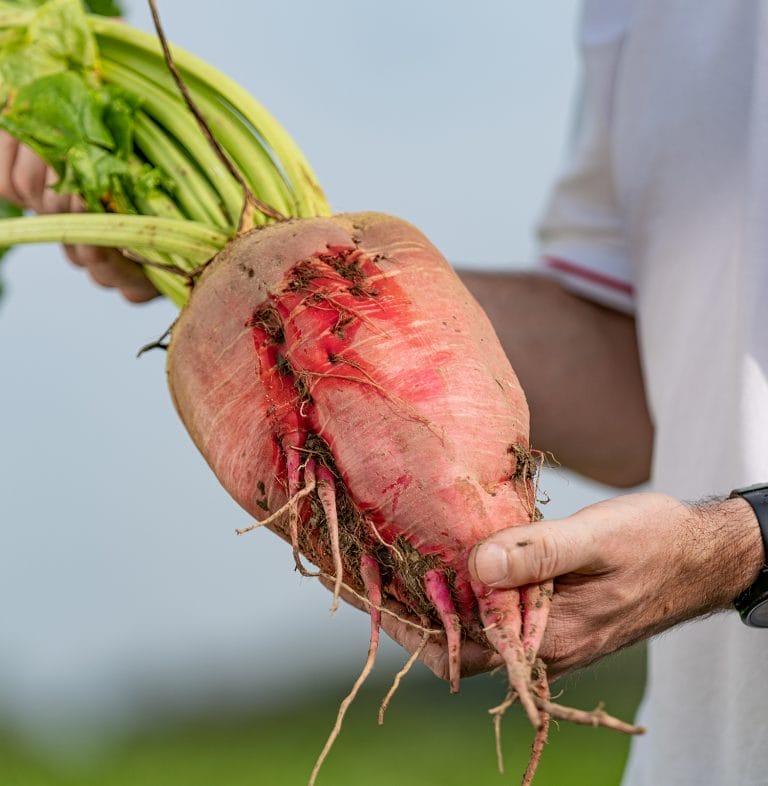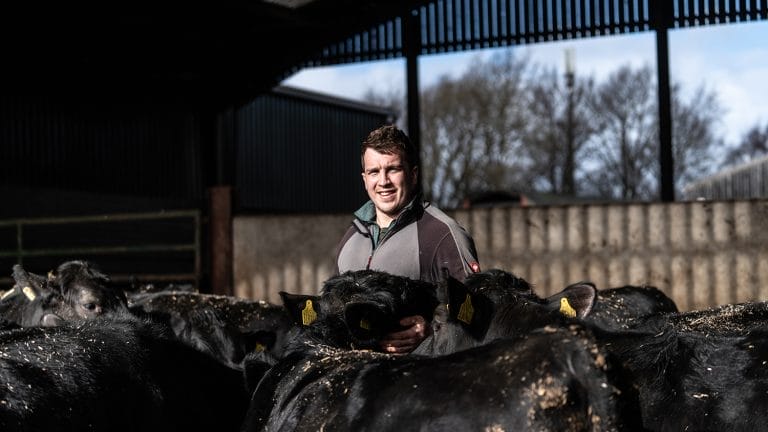
January 2023 saw six new Sustainable Farm Incentive (SFI) standards published, to add to the three existing standards introduced in 2022.
These new standards add a further 19 “actions” that aim to encourage sustainable practices and importantly, increase the number of ways farmers in England can help mitigate the reduction in Basic Payment Scheme (BPS) payments.
For arable farmers, it’s likely that one of the “actions” with the biggest uptake will be to “Establish and maintain a legume fallow”, as its aims and benefits are virtually identical to the already popular “AB15: Two-year sown legume fallow” option in Countryside Stewardship.
The action pays £593/Ha (the same as AB15) and aims to provide food for pollinators and farmland birds whilst helping to support an integrated pest management (IPM) approach. We know from experience with AB15 that sowing a seed mixture such as LG Legume 2 which meets the required specification, can be a great tool to help reduce blackgrass populations, increase fertility, soil organic matter (SOM) and improve soil structure.
Ensuring these benefits are realised to their full does, however, require the same attention to detail as any other crop.
Reducing blackgrass populations is reliant on ensuring that no new seed is shed for the 2-year duration of the mixture. Under both schemes, the mix can be cut for the purpose of controlling blackgrass which in practice will be 2-3 mowings, timed so that the blackgrass has headed and flowered, but not yet produced viable seed. With correct management, the blackgrass seed bank can be expected to reduce by 70-80% per year.
The legumes within the mix will of course fix atmospheric nitrogen, so there’s no need to apply any fertiliser and there should be significant residual nitrogen remaining for the following crop. It is, however, worth thinking further ahead as ideally there should be a 5-year gap before any pulses are grown, to avoid potential foot rot or nematode issues.
Mixture choice is also very important. The legume fallow mixture can be selected with or without grass (perennial ryegrass), with the correct choice coming down to individual circumstances. A mix with grass will more successfully smother both blackgrass and broad-leaved weeds, and is likely to contribute more SOM than without. Mowing the mixture to control blackgrass will also ensure that no ryegrass seed is returned to the soil, but those without blackgrass problems may be best with a no grass mixture, to avoid future problems with weed ryegrass.
Whichever mix is chosen, sowing should happen as soon as possible after harvest – ideally in August, to make the most of warm soil temperatures.
































